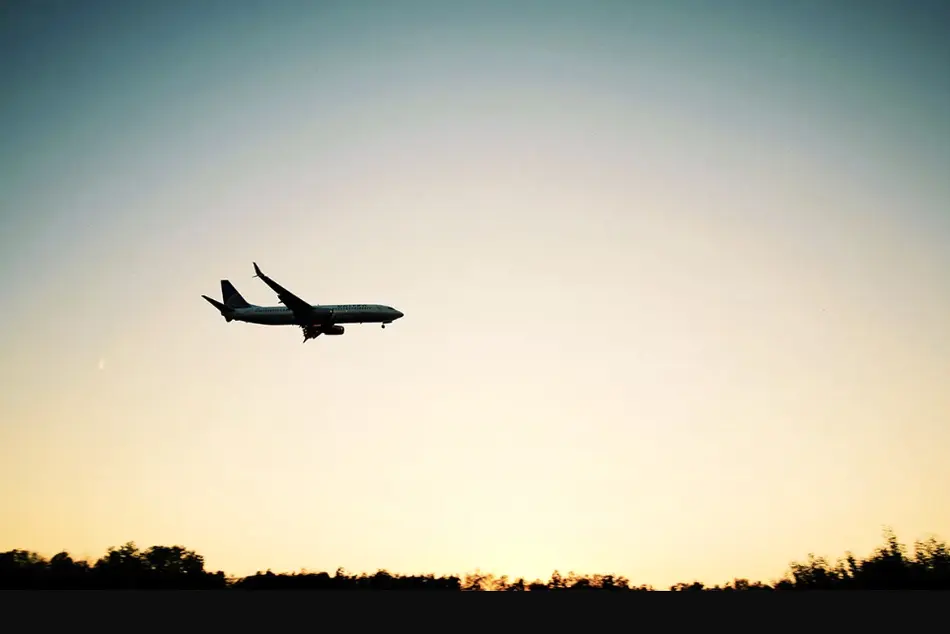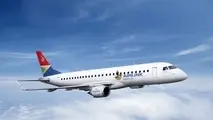Embraer Sees Pratt Improvements On E2s
DUBAI—Embraer is seeing “big improvements” in PW1900G turn times and the availability of engine spares which it says give it confidence that there will be no GTF-related aircraft on ground (AOG) cases after 2026.

DUBAI—Embraer is seeing “big improvements” in PW1900G turn times and the availability of engine spares which it says give it confidence that there will be no GTF-related aircraft on ground (AOG) cases after 2026.
“The turn times have halved since a year ago,” Embraer Commercial CEO Arjan Meijer said Nov. 17 at the Dubai Airshow. “Parts supply has improved. We are now very comfortable with the engine.”
At the peak in the second quarter of 2025, a total of 35 Embraer 190/195-E2s were on the ground because of PW1900G durability issues and the scarcity of spare parts. That number has now come down to 20, Meijer said.
Rick Deurloo, Pratt’s president of commercial engines, had said Nov. 16 that engine-related AOGs of the A220s and Embraer E2s will be “near zero” at the end of next year. Pratt has been implementing interim steps to improve the current combustor that have shown better durability results. All E2s will be delivered with a new PW1900G combustor from 2027/28.
Engine durability has been a major issue in negotiations between Embraer and customers, factoring into all the major deals signed this year, including with All Nippon Airways, Avelo, LATAM Airlines and SAS. These airlines will take aircraft featuring the new combustor technology. Also, SalamAir has shifted E2 deliveries to 2028 as it awaits the latest standard engines.
Building on recent order momentum, Embraer is now focusing on ramping up production as fast as it can, while it still faces constraints in the supply chain for both the E1 and E2. The company has guided for 77-85 commercial aircraft deliveries in 2025 and has said in the past that it wants to get to 100 and beyond over the next few years. There is no guidance yet for 2026.
“We see more demand,” Meijer said. “The segment up to 150 seats is different than in the old days. There are now bespoke aircraft for the segment and airlines are beginning to see that.”



